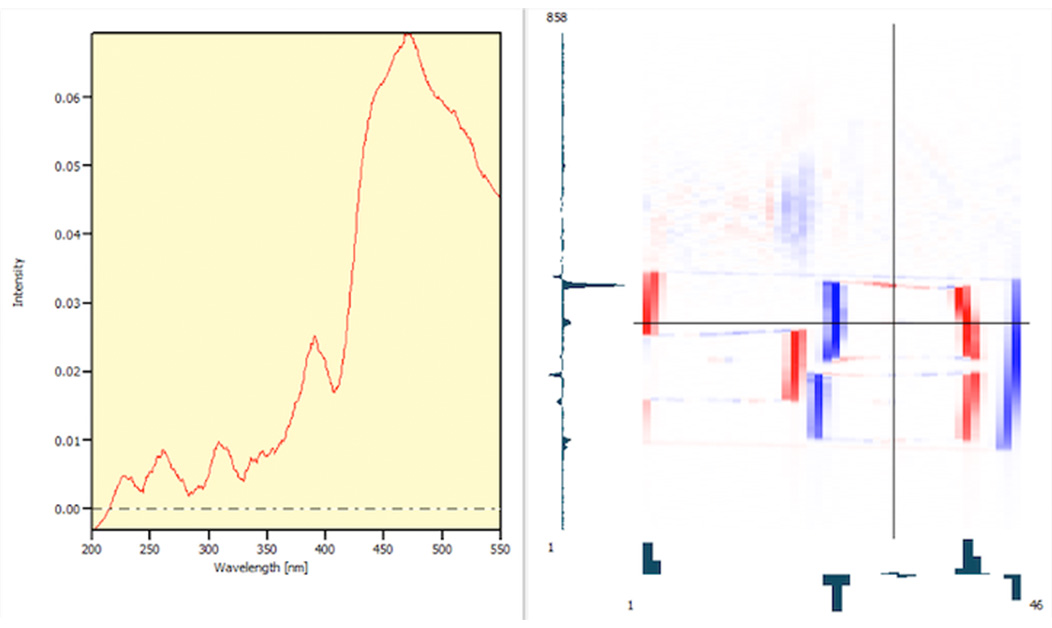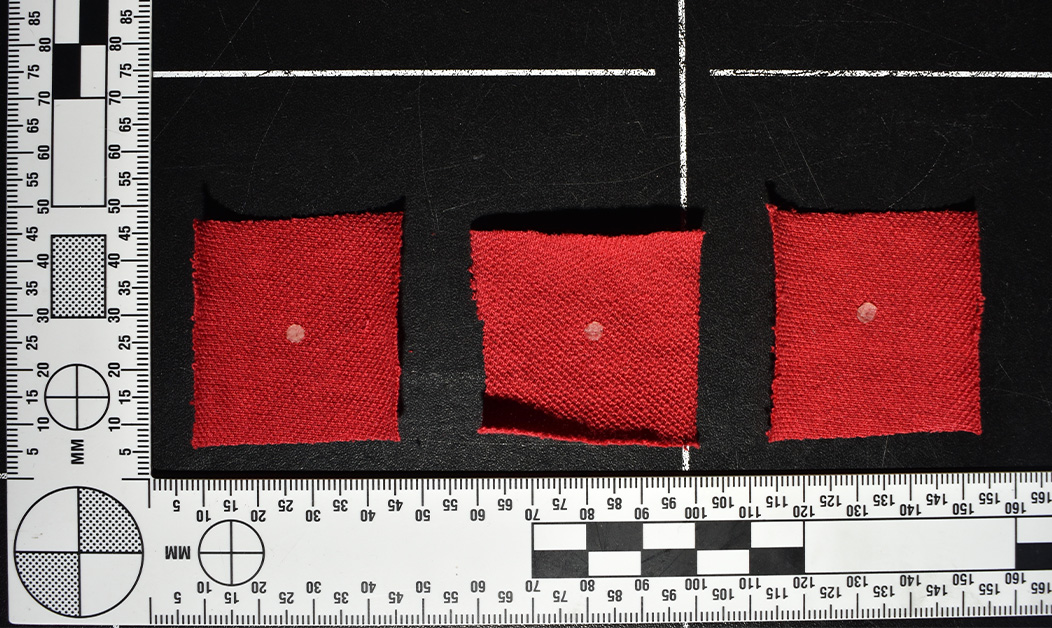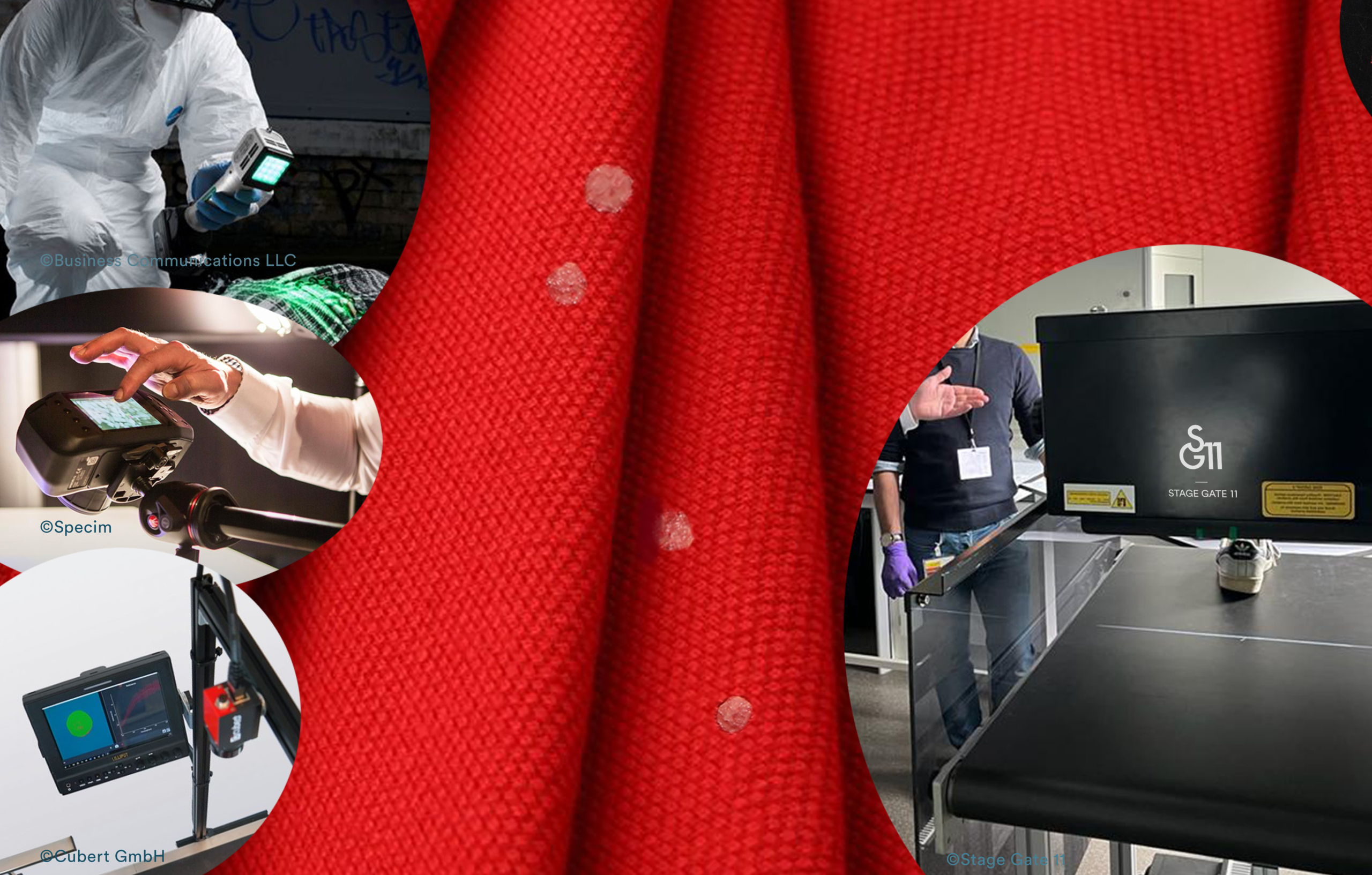In the first quarter of 2022 a project was launched within a consortium of the Saxion University of Applied Science (Lectureship Technologies for Criminal Investigations), Dutch Police Academy, Dutch Police, DT-Solutions, the ECFO, the Netherlands Forensic Institute, the Belgium Police and us SG11. This project focusses on the research and development of a multi-scan device to make the detection of trace evidence and sampling easier, faultless and more efficient. During this project all parties contribute with their own expertise, and that brought together teaches us not only how to develop the multi-scan device, but also a great deal on the detectability and nature of traces. Now, a few months in, we can already reveal some initial findings.
Unique project
TFF, Tech for Future, is the overarching party under which all members of the consortium can share their initiatives and stakes. It is one of few projects that connect technology and research to this depth. ‘The Forensic research field is often a closed case,’ Michiel Poppink (Stage Gate 11) explains, ‘it is very hard to receive insights in the trace detection approach and bottlenecks. The openness of the police during this project allows us pinpoint and use our technical knowledge and find solutions to their bottlenecks.’ For every party their method works, theoretically it might all be combined and creates a supermachine, but practically not that is not yet the case. By doing research, specific issues are found. By combining the knowledge of the different partners, these issues can be solved and new solutions can be developed.
Related article
Kick-off project: Multiple Scan Devicehttps://sg11.nl/insights/kickoff-project-multiple-scan-device/
The multi-scan device
Mattijs Koeberg (Nederlands Forensisch Instituut) noted that to achieve the desired multi-scan device that can detect any trace in no time, many techniques need to be combined. However, before we can, we need to be critical on every technique, what are its strengths and weaknesses, where can it fill in for other techniques. Hyperspectral imaging for example, is an important technique because it can provide spatial as well as spectral information. At the moment however, forensic light sources are the go-to technique used by forensic investigator, providing only the possible location of a trace. Combining these techniques with Delta R, and others, and ultimately connecting them by smart algorithms can bring trace detection to another level. Faster, smarter, unbiased and able to process large quantities of data, so more traces, more useful evidence.
The project
Currently, at a crime scene, traces are detected with the help of special light sources and filters. It can be applied straight away and its use is intuitively. A downs side is that is detection is dependent on the investigator, which can result in misinterpretation of the trace or even missing traces. The method is an indication for the location of specific traces, but doesn’t provide any information about the trace. The detectability of traces is highly dependent on the structure and color of the background. That’s where new technologies and our research project comes in. Using the Delta R and researching these traces teaches us a great deal about traces we cannot see. Kimo Lelieveldt, student at the University of Applied Sciences Amsterdam, kicked off this project by studying the visibility and detectability of semen by the Delta R on various colors of 100% cotton fabric. Het performed this study at the Saxion University of Applied Science, guided by Laura Jansen (researcher at Saxion). Semen is a very relevant and valuable trace, often found at crime scenes, carries a great deal of information on both source and activity level, and the need to accurately and quickly detect it is high. Lelieveldt figured the signal detected by the Delta R is very strong and significant when semen is present on white and red fabric. On green and darker fabric the signal is often visible, but less significant than red and white fabrics. The multi-colored fabric provides too many differences in reflection, but Lelieveldt suspects with tweaking of the parameters and, later on in combination with a smart algorithm, we might be able to distinguish the semen from fabric. This should be tested in a later stadium. Using the assembled data for the Delta R a spectrogram is made, you’ll find an example below. The spectrogram provides us with spectral information of the trace (semen) which might have some identification value. This study provides a lot of info on what may happen to traces at the crime scene, a certain surface, both color and material. The detection of traces depends highly on background color and structure of the material. This can result in the missing of important traces which are actually present on the crime scene. Better detection and faster indication also helps the forensic investigators to compose accurate hypothesis.

We now know we’ve got to keep an eye out on red couches, the contrast between semen and the red fabric is highly visible. The Delta R technique appear to be a promising method for revealing even more fluids on fabric, the naked eye misses. So, what will happen next? Lelieveldt’s research opened up so many possibilities, that when his internship is over, others will continue the research the detectability of semen with other variables and optimized techniques. Probably experimenting with the parameters of the Delta R itself and see how that influences the signal. Besides Delta R the police will also dive into other techniques and seek out their strengths and weaknesses, like forensic lighting and hyperspectral imaging. Besides semen the project will be expanded investigating the detection of other (chemical) traces like narcotics and inks.

Data
A large aspect of the project, one of the three main pillars of the project (next to research and design) according to Koeberg, is data handling. It can help make unbiased decisions by assembling all traces present and classifying and storing them for when the process requires it. Raoul de Graaff (Dutch Police) noted that specific software is needed for a multi-scan device as this one and will be considered at the end of the project. It’s expected that the software is an important part of a “smart” method for the detection and identification of trace evidence. ‘This is a great example of the benefit of this consortium, our knowledge of traces, and Stage Gate 11’s expertise on research by means of data collection and handling allows for efficiency and makes a lot more possible within this project.’
No layout found for this module:

